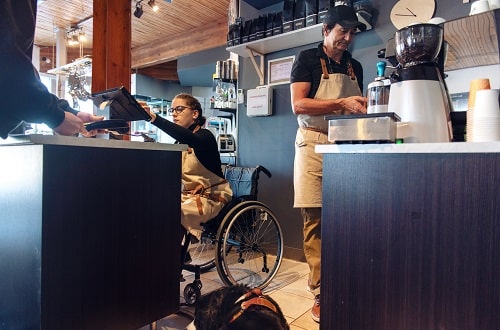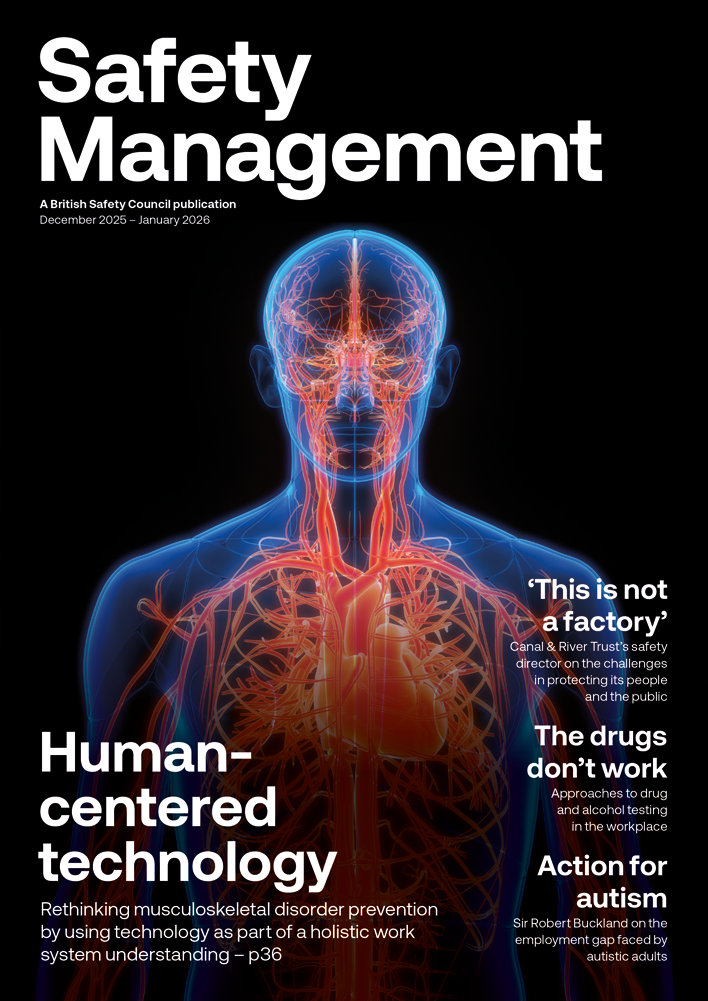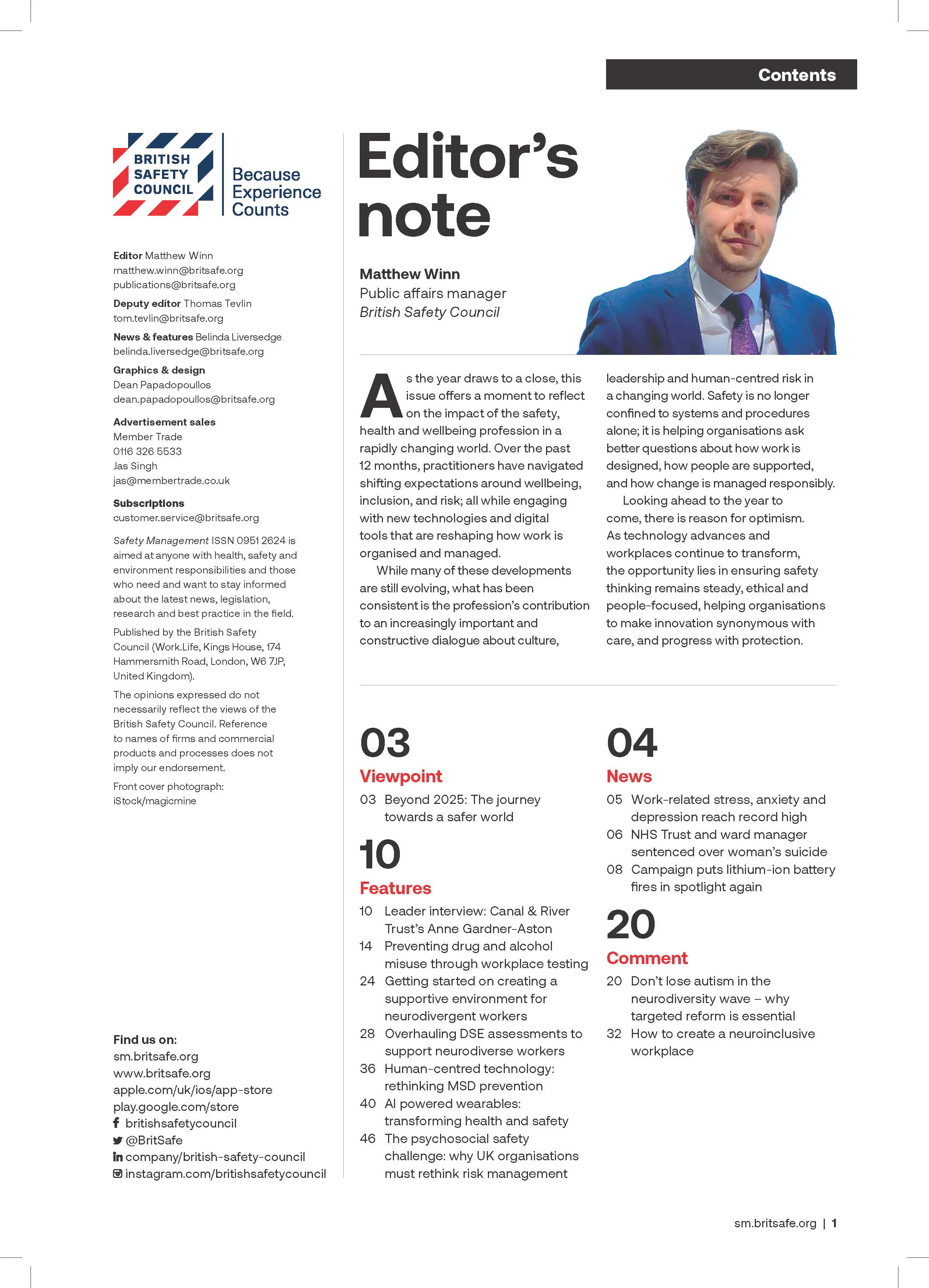Implementing a companywide wellbeing strategy can have a significant positive impact on boosting employee engagement and reducing issues related to stress and burnout, but there is a gap in awareness of how to make a strong business case for wellbeing within organisations.
News
How to make a strong business case for wellbeing
Speaking at the SHW Live North conference in Manchester earlier this week, British Safety Council’s head of wellbeing, Marcus Herbert, shared some valuable insights on how to plug this gap and make a bulletproof case for the development and adoption of a wellbeing strategy.
The vast majority – 90% – of people who have attended British Safety Council’s Keep Thriving Wellbeing Strategy Workshops so far agreed that the free, three-hour workshops had “enhanced their understanding of what a good wellbeing strategy looks like”, Herbert told delegates at the event in Manchester on 24 January.
However, there are awareness gaps in how to successfully make the business case for implementing workplace wellbeing strategies to decision-makers.
Identifying who those decision-makers are and what motivates them is key to making a strong business case for wellbeing, said Herbert. For instance, if the people who make the decisions are based in the Human Resources department, they may have very different motivations to decision-makers who reside within the Finance or Operations divisions of a company.
 Marcus Herbert, head of wellbeing at British Safety Council. Photograph: British Safety Council
Marcus Herbert, head of wellbeing at British Safety Council. Photograph: British Safety Council
Once the decision-makers have been identified, the wellbeing strategy must be clearly defined. When it comes to designing a wellbeing strategy, it must be based on the specific needs of the organisation and tailored towards helping it meet its objectives. Herbert’s advice is to “think of the obstacles you might face” when implementing a wellbeing strategy and be prepared to demonstrate how they might be overcome.
“There are lots of ways to evidence the success of a wellbeing programme,” he said.
While around 70% of larger companies already have workplace wellbeing strategies in place, this figure falls to just under one-third for small and medium-sized enterprises (SMEs). British Safety Council’s Keep Thriving campaign aims to help more SMEs improve the wellbeing of their workers, both within and outside of the workplace.
For more information on the campaign, and to sign up for one of our free Keep Thriving workshops, visit: britsafe.org/campaigns-and-policy/keep-thriving-campaign
NEWS

Employment rights bill passes into law, bringing 'work into the 21st century'
By Belinda Liversedge on 24 December 2025
Lawyers have joined unions to hail the passing of the employment rights bill into law as ‘the biggest upgrade on workers’ rights in a generation’.

Traffic wardens to work in groups 'for own safety' after facing abuse from drivers
By Belinda Liversedge on 24 December 2025
Traffic wardens in one local council are being sent out to patrol in groups because of threats and abuse.

Buncefield explosion 20 years on: legacy continues to protect people and places, says HSE
By Belinda Liversedge on 11 December 2025
On the day of the Buncefield fire’s 20th anniversary, 11 December 2025, HSE has reflected on the ‘profound changes’ the catastrophic fire has had on the major hazards sector’s management of risk.



